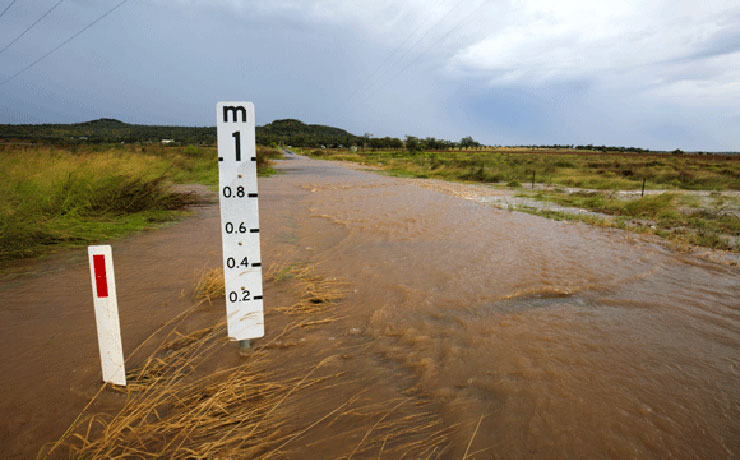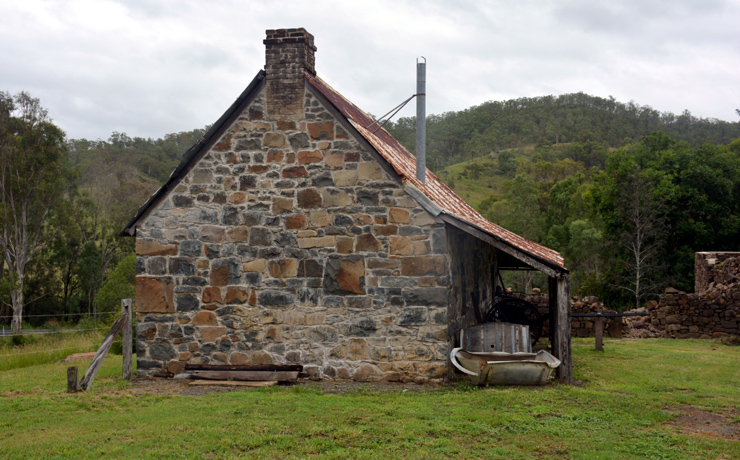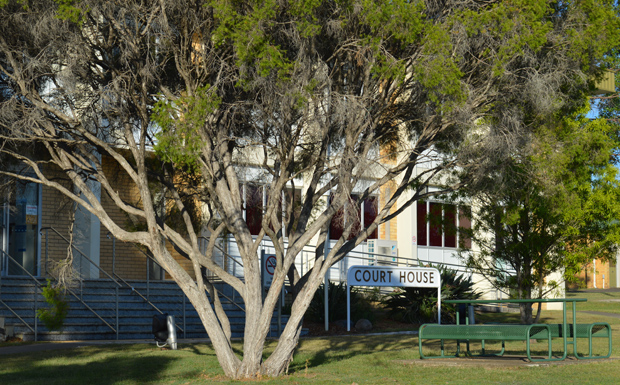
May 24, 2016
The value of Queensland’s agricultural production is continuing to rise in defiance of drought and ahead of previous expectations.
Minister for Agriculture and Fisheries Leanne Donaldson told State Parliament on Tuesday the latest AgTrends forecast for primary industry commodity values in Queensland this financial year is now $17.32 billion.
“That’s an increase of three per cent on the $16 billion estimate I reported to Parliament as recently as February,” the Minister said.
“The forecast includes gross value of production at the farm gate and first-round processing, and is 16 per cent greater than the average value for the past five years.”
Minister Donaldson said Queensland’s farmers are continuing to defy the drought and expectations thanks to innovation, ingenuity and hard work.
“If the latest AgTrends forecast is realised, it will mark 15 per cent growth for Queensland producers in 2015-16.
“That’s great for our economy, and great for job creation and security in rural and regional Queensland.”
Minister Donaldson said the value of mung bean production was now more than three times the previous estimate at $145 million.
While yields were slightly down, this was offset by a big increase in mung bean plantings and price.
“Likewise the gross value of production for winter barley is $92 million, an increase of 70 per cent on the previous forecast.
“Higher than expected yields of wheat have lifted that crop’s value to around $410 million, 33 per cent higher than previously predicted.
“The value of cotton, soybeans, aquaculture, chickpeas, pigs, sweetcorn and wool are all up too.”
Minster Donaldson said the cattle sector was booming as well, and on track to record 31 per cent growth in 2015-16.
The Minister also paid tribute to farmers who continued to battle against drought conditions.
“Many farmers are now in their fourth consecutive year of a drought that is affecting 84 per cent of the state,” she said.
“Their value to Queensland’s economy cannot be overstated.”
The full AgTrends update is available online.
* * *
Some local highlights from the latest AgTrends update:
- Pigs – the GVP of pigs for 2015-16 is forecast to be $315 million, six per cent higher than DAF’s initial forecast for 2015-16 and 34 per cent higher than the average for the past five years. The forecast has been revised upwards in response to higher than previously forecast prices. Over-the-hooks pig prices have continued to rise throughout 2015-16 and are being supported by strong domestic demand for fresh pork, underpinned by higher retail prices for substitute meats.
- Cotton – the GVP of cotton for 20150-16 is forecast to be $535 million, an 11 per cent increase on the October 2015 forecast but 21 per cent lower than the five year average. Since October there has been a significant increase in dryland plantings in the Darling Downs (from 15,000 to 25,000 hectares) due to improved growing conditions, as well as a slight increase in the Downs’ irrigated cotton area (up 2000 hectares to 32,000 hectares).
- Sorghum – the GVP of sorghum is forecast to be $312 million, 19 per cent lower than the $384 million forecast in October 2015 and six per cent below the five year average. This is due to the smaller area sown and a lower price per tonne. The area sown to sorghum is estimated to be 476,000 hectares, four per cent smaller than the 494,000 hectares forecast in October 2015. Yields are forecast to be marginally higher. Overall, production is forecast to fall slightly to 1,371,000 tonnes, down three per cent from the 1,409,000 tonnes previously forecast. The average price has fallen to $242 per tonne, down 11 per cent from $272 per tonne at the end of 2015. Strongly influencing this fall is a reported lack of buyer interest this season from China, due to its large internal stocks of sorghum. In the previous three years, China progressively dominated buying of Queensland exports. However, growers need not be unduly alarmed by this change in demand since it is likely to be an annual fluctuation. Locally, feedlots are showing some preference for white grains instead of sorghum, but this may be reflecting dampened wheat prices making wheat a cheaper source of energy than usual. Again, feedlot demand for coarse grains fluctuates annually in response to both livestock dietary preferences and prices of competing white grains.
- Mung beans – The mung bean GVP is forecast to be around $145 million, more than triple that estimated in October 2015 ($47 million). The increase in GVP is due to a sharp increase in plantings, which are above average. The area sown is estimated to be 100,000 hectares, an increase of 150 per cent on the October 2015 forecast of 40,000 hectares. This sharp jump has reportedly been at the expense of mainly sorghum (but also some other crops), due to a significantly increased mung bean price coupled with a fall in the sorghum price. The mung bean price has increased due to lower than average production in India and Myanmar (the world’s largest mung bean producer) caused by a poor Indo-Asia monsoon season. It has increased by 25 per cent to average $1250 per tonne. Yields are estimated to be 13 per cent below those previously expected, but the large increase in area sown will take production up 143 per cent, from around 47,000 tonnes to 115,000 tonnes.
- Soybeans – The GVP of soybeans is forecast to be $11.2 million, eight per cent above the October 2015 forecast due to higher prices. The area sown is expected to remain unchanged at around 11,700 hectares. In Central Queensland, Wide Bay Burnett, Darling Downs, Goondiwindi and the Lockyer Valley, areas sown to soybeans have come under increasing competition from mung beans, which are currently selling for record prices. Yields are expected to remain unchanged at an average 1.7 tonnes per hectare, keeping the production forecast constant at around 20,000 tonnes. The price has increased eight per cent to $564 per tonne (up from $521 per tonne in the September quarter), taking the expected GVP eight per cent higher.
Note: Gross value of production (GVP) is used in AgTrends to measure the output for each primary industry commodity. GVP of agricultural commodities is calculated by multiplying the output for each primary industry activity by the average wholesale market price paid to producers: GVP = output × price.
























The Minister has left out the dramatic upsurge in duboisia plantings, particularly in the South Burnett. The better price and the certainty of the continuing harvests, whether it be during drought or wet season, is going to see plantings of this leaf for Asian and European markets take over from peanuts as our top crop.
You only have to drive around the region to see hectare upon hectare in prime red soil now being turned into green shrub forests in paddocks previously reserved for peanuts and maize.
Growers and importers say the demand in the two major markets will never be flooded because of the leaf being utilised for so many uses, particularly in health, in a population that is among the largest in the world. The initial plantings were first grown in the Proston region over 50 years ago when it was something of a closed market, with farmers not wishing to have any publicity about what was then seen as a lucrative crop.